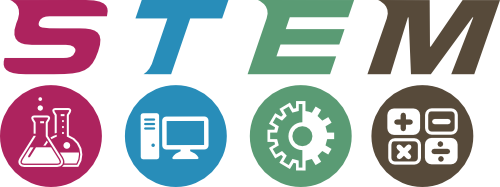
While we understand that digital technologies play an important part in many aspects of our lives we may be surprised by the diversity of industries coding or computer programming reaches.
If you are looking to deepen your own understanding of how digital technologies are linked to career paths or trying to help students connect technology and careers then this post may help.
Careers with Code is a magazine that discusses how computer programming is used in a variety of industries. There is also a Careers with Code website and Twitter account.
All of the information in this post(apart from the links) have been taken from the Careers with Code magazine, Issue 3 October 2016. Where possible I have provided links to products, people or companies mentioned in the magazine.
Industries and Links to Computer Programming
Food
- The Open Food Network creates open source software to simplify the process of finding, buying and selling local sustainable food.
- The Yume app provides a platform that allows excess food to be distributed rather than go to waste.
Agriculture
- Dr Cheryl McCarthy designs automated weed control systems that use machine-based image recognition to identify weeds from crops.
- Sundrop farms in South Australia use highly engineered sensor controlled hydroponic systems. Potentially a place to visit if your students were looking at sustainable agriculture.
Music, Movies and Art
- New Zealand company Serato designed an Apple music player called Serato Pyro that mixes and transitions your songs like a DJ would.
- Computer generated animation and green screen affects are now common place in the movies we watch. Green screen technology is also easy to set up in a school environment (see PBAS STEM Post 3).
- Melbourne based company Explanovision uses animation to explore our world. Founder James Huston used his computer science skills and interest in art to develop the company.
Wearable Technology/Fashion
- Wearable tech is a growth market making everyday wearable items ‘smart’. Connecting clothing, glasses etc to the Internet. Google glass pioneered the smart glasses, while they have opted out for the moment many others have opted in.
- Wearable technology can be found in a diverse range of industries including the military, fitness, medical and finance.
- Sydney based company Tzukuri is testing its first 100 ‘unloseable’ sunglasses. Combining bluetooth technology and an app to track their location.
- Even jewellery – the ring ZERO is filled with motion sensors that allow hand gestures to wirelessly control music playing devices, turning lights off or writing a text.
- Shoes of Prey rely on the coding ability of its programmers so women can design and buy their own shoes online.
Medical Technologies
- The University of Queensland has created an artificially intelligent (AI) psychologist called Amy.
- Google’s DeepMind is working to help prevent blindness by improving early diagnosis through AI technology.
- Robotic aids for surgeons.
- The CSIRO is developing brain scanning technology that can detect dementia up to 30 years before the patient gets sick.
Smart Sports Equipment
- RMIT University are looking to develop Smart Equipment and advanced performance analyses through technology.
- A number of companies have included sensors in their equipment to send data back to the athletes mobile device, for example the Wilson X basketball.
Cybersecurity
- High level coding, encryption and forensic skills are in demand by companies wanting to protect their data.
- Companies will pay computer scientists to break into their systems and then tell them what is wrong with it (called penetration testing).
While this is just a small number of examples it does help us to see the impact and opportunities that computer programming skills can provide.

